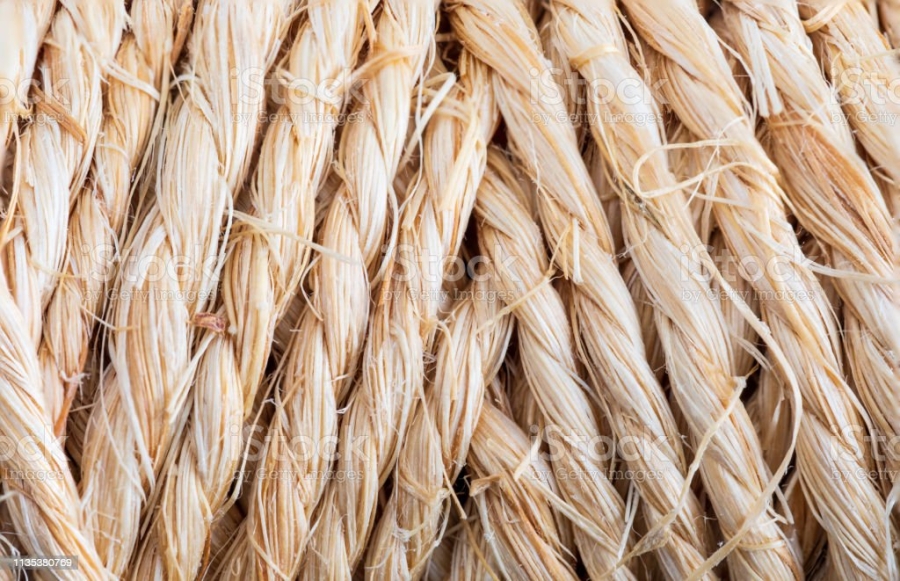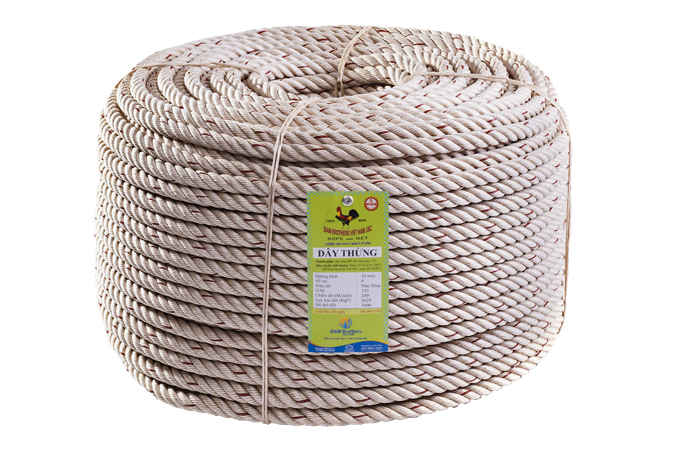Rope is a type of cord that has become familiar in the life of every individual, as its presence dates back thousands of years. No one can deny the importance of rope in daily life, as it can be used for various purposes. Nowadays, ropes are manufactured in many different types to cater to specific needs. Ropes are broadly categorized into two main types: natural ropes and synthetic ropes. Let's delve deeper into the details in the following article:
Detail
Natural ropes were invented and used around 4000 years ago, before the Common Era. They were primarily made from hemp plants and included fibers from flax and cotton. As a type of natural rope with a long history, its properties are not ideal due to high moisture absorption, susceptibility to decay, rotting, and stiffness when exposed to various weather conditions such as intense sunlight or heavy rainfall.

Pic1: Natural ropes (Image Source: iStock)
Natural ropes tend to be coarse, heavy, and bulky, especially with their relatively low durability. They are primarily used by people for climbing purposes, by sailors, or in agricultural activities.
Synthetic ropes are an improved version derived from natural ropes. However, their materials differ as they are primarily made from nylon, polyester (PET), polypropylene (PP), polyethylene (PE) fibers, and others.
This type of rope is usually lightweight, easy to handle, and softer compared to natural fiber ropes. With their outstanding characteristics, synthetic ropes continue to dominate the rope market.
Types of synthetic ropes:

Pic2: PP Rope Product
Nowadays, due to the increasingly diverse needs of people, ropes have also evolved to include a wide variety to serve different purposes, each with its advantages and disadvantages. Therefore, the choice of the most suitable type of rope depends on the user's specific needs. When considering the excellent qualities of ropes, synthetic ropes, especially those made from synthetic materials, are likely to offer the highest quality. This is especially true for those who frequently work at heights and in aquatic environments.
For customers seeking advice on using ropes for fishing, agricultural activities, aquaculture, or household purposes in daily activities, please feel free to contact us for personalized product recommendations tailored to your needs and usage objectives. This ensures optimal work efficiency and cost-effectiveness when purchasing the right product.
Tel: 1800 6129
Website: siambrothersvn.com
Fanpage Facebook: fb.com/siambrothersvn